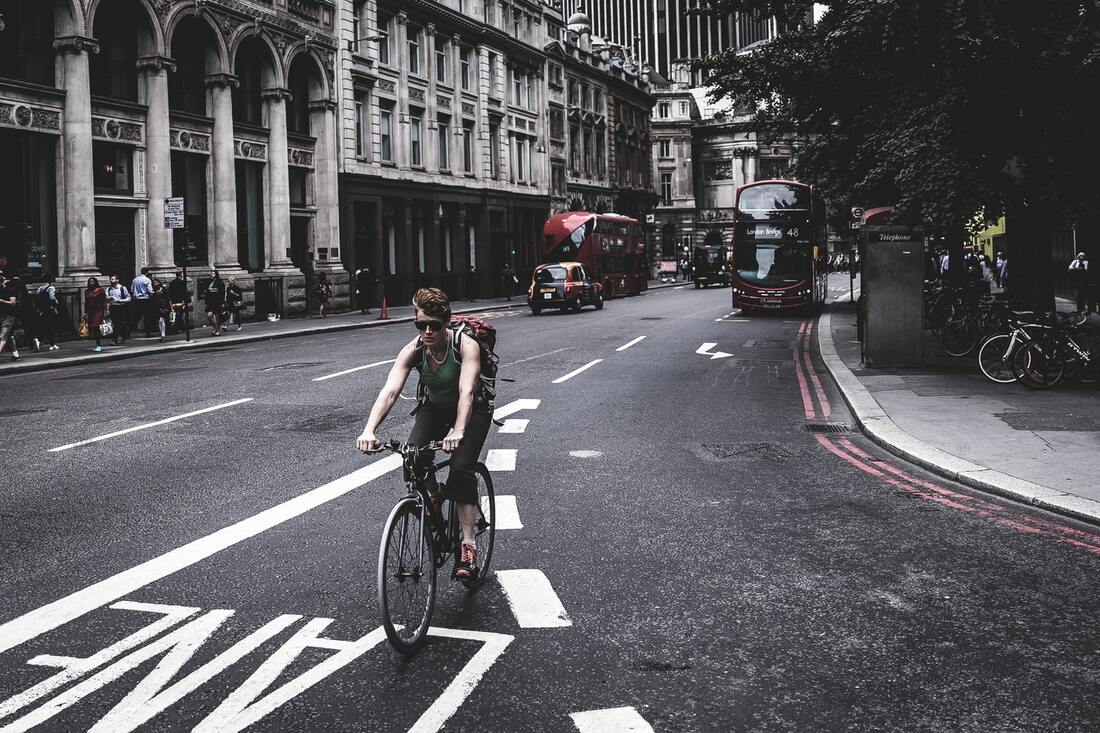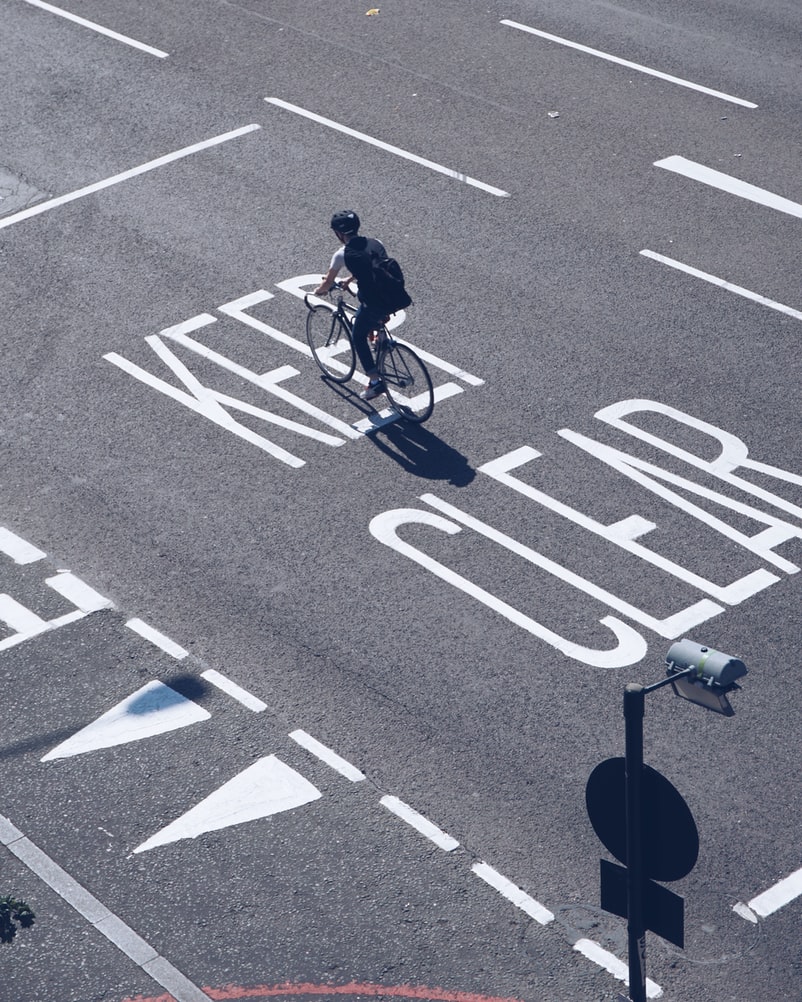|
Though Scottish trails tend to be more distant and rugged, showcasing Mother Nature more than its English counterparts, cycling in both regions has seen a major increase in popularity in the past two decades. For some, cycling is a form of ‘green’ transportation. For others, it’s a way to stay healthy or even save on transportation costs. Around the UK, bike racks and bike lanes are being integrated as standard forms of infrastructure. However, cyclists who are also fans of football may have noticed there’s one location where bike racks are outright impossible to encounter - football stadia. Locking up bikes can be difficult—not only in terms of finding a suitable location but also given the excitement and buzz that’s palpable before each game. However, new initiatives by the EPL and its top clubs are looking to address the lack of options for clean transportation that could affect the fourteen million fans who attend Premier League matches each year. Green Initiatives For clubs with smaller fanbases, incorporating ‘green’ pushes like bike racks and even multi-use amenities is one way to grow their numbers. Successful green initiatives like sustainable transportation can be coupled with other efforts, like generating fan engagement through live streaming or even free bets from The Pools and other sportsbooks. For teams that have faced relegation often, like Wolverhampton or Southampton, these initiatives serve to keep the public interested and further define their team identity—even if their game is lagging. However, the majority of the EPL’s top pushes for environmental responsibility in terms of stadium infrastructure are being undertaken by well-established clubs. With more revenue to spare, top teams based in Manchester and London are leading the way to advocate for a more environmentally aware sports sector. Sustainability in the EPL Currently, Sport Positive offers the most comprehensive guide to assess the environmental footprint of Premier League clubs. The group evaluates clean energy, energy efficiency, sustainable transportation, single-use plastic usage, waste management, water efficiency, low-carbon food options, and the club’s sustainability engagement efforts. Clubs with 8/8 reports include Arsenal, Manchester City, Manchester United, and Tottenham Hotspur. Still, not every club is able to address environmental concerns, with Crystal Palace and Southampton trailing in last place for their lack of clean energy, water efficiency, and reduction of single-use plastics. Viewed in this light, the Premier League is making visible strides toward a greener infrastructure with efforts transcending bike racks. However, Sport Positive doesn’t explicitly define whether or not a club offers bike racks outside their stadiums. Instead, it focuses on the availability of the metro, bus, and other public transportation—as well as how much a club ‘encourages’ fans to utilize these options. In terms of options for cyclists, the best stadiums aren’t Arsenal's or Man City's, but Brighton and Hove Albion's. The Nitty-Gritty
Efforts to encourage green transportation notwithstanding, what do cyclists need from major clubs to make football a cyclist-friendly sport? It turns out there’s a bit more involved than just setting up bike racks. First, cyclists need a clear route to the stadium. While missing some of England’s most famous grounds would be difficult, a lack of signage that directs cyclists to safely enter a stadium can make the journey outright dangerous. In short, cycling needs to be figured into citywide infrastructure near stadiums in the same way roads are and clearly labelled. Secondly, cyclists need a functional bike storage facility—not just a series of metal bars. Ideally, bike ports should be covered to protect from the elements, provide sufficient spacing, and a place for locks. CCTV also provides an added measure of security and shows a club’s dedication to prioritising their cycling fans. Third, bike storage should be modern. In other words, clubs looking to appear green will need to invest some time and thought into their bike storage options. In addition to providing cover and security, storage should also be streamlined to avoid major traffic jams like those seen on the road post-match.
2 Comments
Finlay Turnbull
1/1/2021 05:40:46 am
I don’t watch football and take no interest in football and there’s no way I’d park my bike outside a football stadium if I were to go to a stadium for some reason or another to watch a match. I would never leave my bike in a place I couldn’t see it for more than 10 minutes. That includes at shopping malls, supermarkets etc. I’m unable to get my bike insured and the police quite simply aren’t interested in bike crime. If a criminal is head to toe in black and wearing gloves and a balaclava, even if there’s CCTV the chance of catching the criminal is about the same chance as Covid19 disappearing tomorrow. I’d rather walk to a football stadium or get the bus. I’d never cycle.
Reply
Finlay Turnbull
1/1/2021 05:44:02 am
But like, why can’t folk just watch football in their own homes. It’s warmer, cheaper and, particularly in the current climate, safer!
Reply
Leave a Reply. |
Categories
All
Archives
July 2024
|


